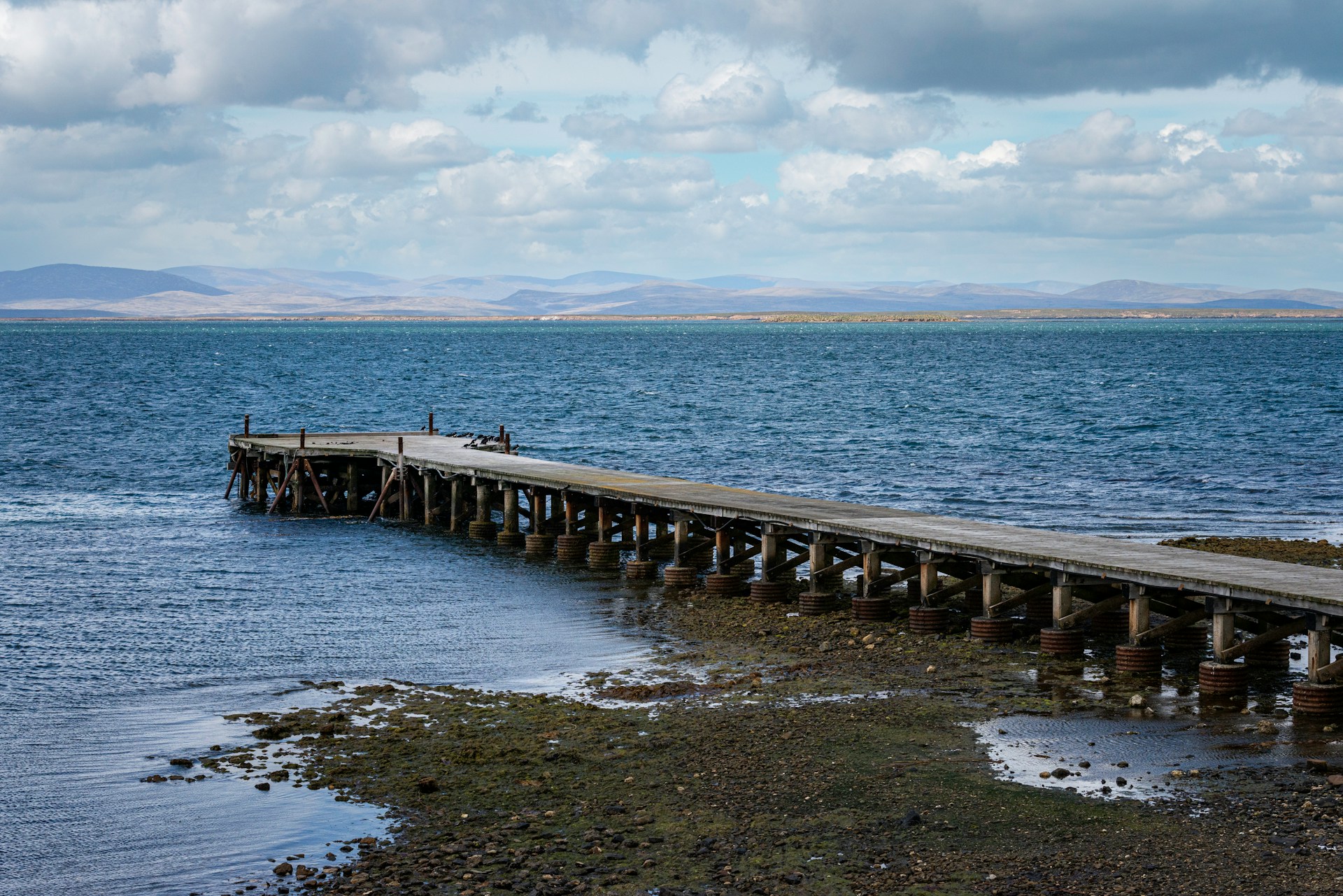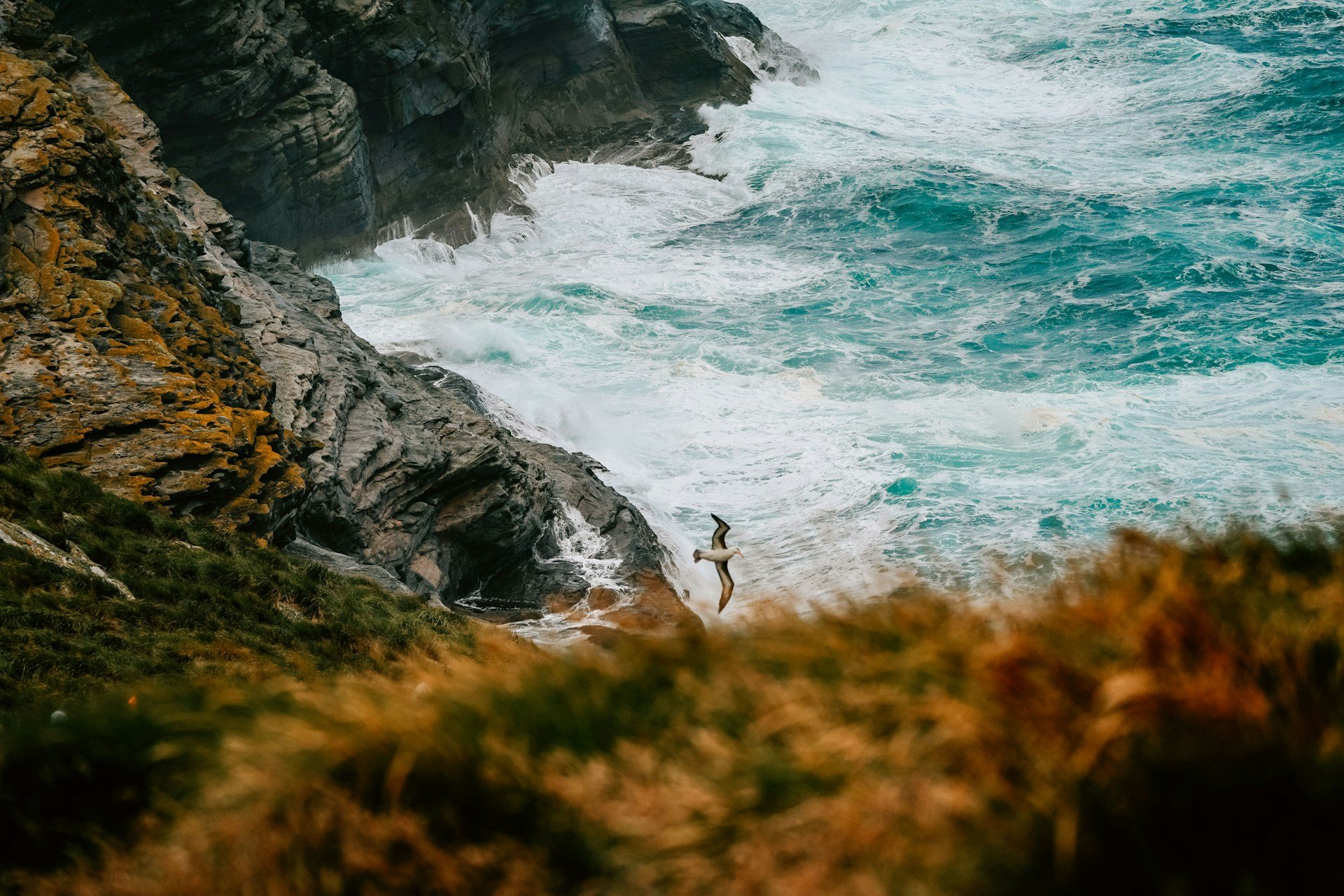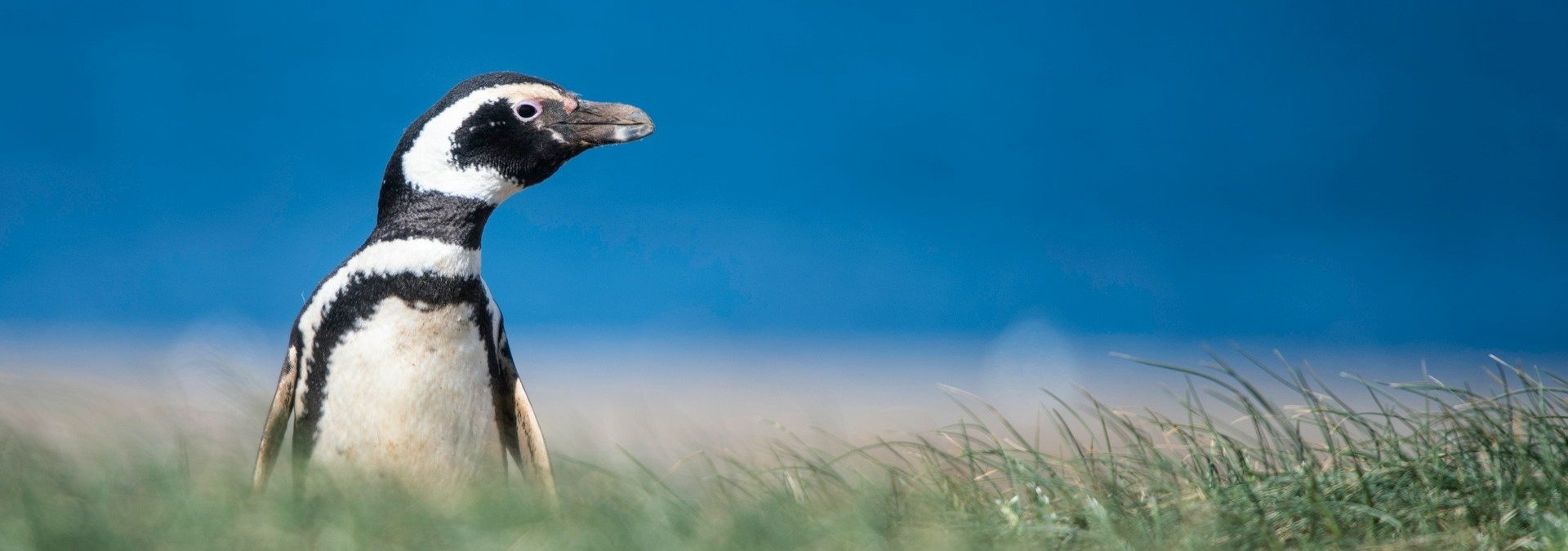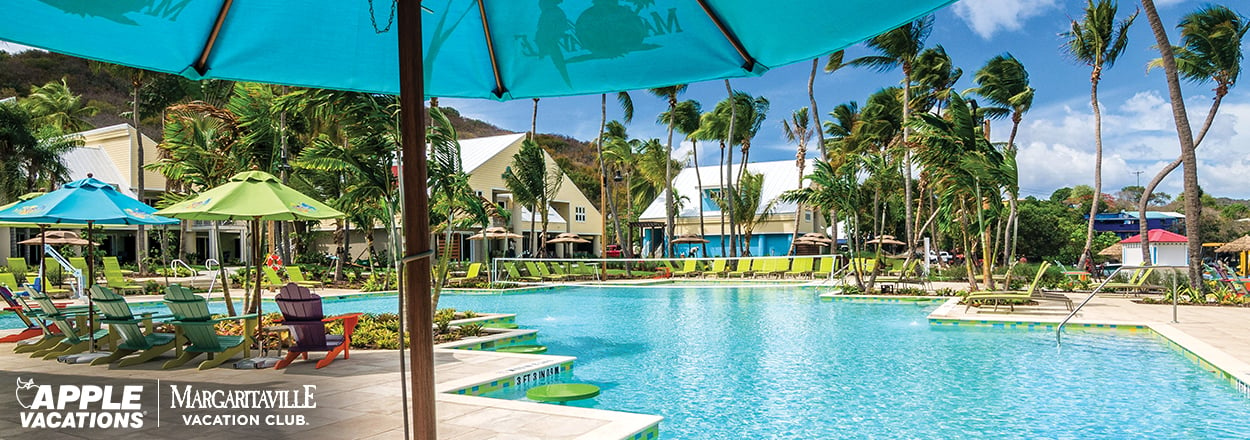From the far reaches of the Galápagos Islands to chilly Antarctica, the combination of adventure and remote destinations is becoming an increasingly popular option for curious travelers. These world explorers may not even realize it yet, but they’re in luck because some 300 miles from the southern tip of South America, a string of islands known as the Falklands sits rather undiscovered by visitors.
If endemic wildlife, rugged terrain and historic artifacts are your (or your client’s) speed, read on for an overview of this remote South Atlantic archipelago.
Quick Facts and Other Helpful Information
Even though the Falklands are close(ish) to South America, the islands are technically part of the United Kingdom, a mere 8,000 miles away. The war in 1982 between Argentina and Britain over the claim of the territory is a bloody stain on the island’s history books, but it provides some much-needed context for visitors. As a result of the war, locals speak English, and the local currency is the Falkland Island Pound (FKP), its value being tied to the Sterling.
Geographically, the Falklands are made up of over 700 smaller islands, though the two larger, primary ones travelers visit are East Falkland — the capital, Stanley, is located here — and West Falkland.
Visitors should note that the summer season on the islands is December through March, and depending on when travelers arrive, weather may differ slightly. October, which acts like a transitional spring season, averages a daily temperature of around 48 degrees Fahrenheit. There tends to be less sunshine, and wildlife colonies have yet to reach maximum numbers. November through February is the best time to visit, as temps reach 54-59 degrees Fahrenheit; the surrounding nature also comes alive, and sunshine is more frequent. Travelers visiting in mid-to-late March should note that this is the transitional period into fall when the days are shorter, cooler and windier.
The variance in temperatures means packing in layers is the best approach. Thermal undershirts, t-shirts, long sleeves, windbreakers and insulating coats are recommended, and if travelers are planning on being active, hiking boots, indoor shoes, a rain jacket and a lightweight backpack are especially useful.

How to Get There
A remote island destination leaves little room for transportation options, and travelers will find that they can choose between flying or an expedition cruise.
Flights
Many visitors who choose to fly will land in Punta Arenas in Chile, where a weekly scheduled flight will then head into the Mount Pleasant Airport on East Falkland, about 35 miles from Stanley. Flights from São Paulo are also an option, but the main concern is aligning travelers’ arrival in South America with the weekly departure to the island.
Expedition Cruising
This option may be less stressful for some, as plenty of cruise lines offer itineraries to the Falklands. Usually, the island is part of an Antarctic route, with South Georgia and the Antarctic Peninsula as other popular stops. Companies such as Aurora Expeditions, Viking, Lindblad Expeditions, Quark Expeditions and many, many more offer variations of this itinerary. These cruises in particular typically operate from late October to the end of austral summer in March.
Places to See
Now that travelers have arrived in the Falklands, what are some of the notable places to see? Naturally, the capital city of Stanley is a great location to start in, and it may not look how one might expect. Because of the island’s tie to the UK, Stanley exudes British charm — think iconic red phone booths, quaint inns, cars driving on the left side of the road and colorful houses overlooking the harbor.
In Stanley, Christ Church Cathedral and Whalebone Arch is a well-known site, as the church is one of the few stone buildings in the Falklands, and the arch is constructed from the jaws of two blue whales — an interesting pairing, but a unique attraction, nonetheless. Those interested in learning more about the island’s history should visit the Historic Dockyard Museum and 1982 Memorial Wood, while wildlife enthusiasts would enjoy a trip out to Bleaker Island, a half-hour flight from Stanley.

Moving away from the bustling capital city, East Falkland’s small villages also tend to offer better opportunities to witness marine and coastal wildlife in their natural habitat. Port Louis is good for viewing penguin colonies, and Salvador is known for its elephant seals and various bird species.
Quite a contrast from East Falkland, West Falkland Island, specifically Port Howard, is a prominent sheep farming community. With very few permanent residents and a rural atmosphere, it generally doesn’t see many visitors. However, for the history lovers, the Port Howard Museum is located here, and the center houses some intriguing artifacts from the 1982 war.
General Activities
If travelers haven’t picked up on the vibe by now, the Falkland Islands is ideal for nature lovers, environmentalists and outdoor enthusiasts. Many of the recommended activities travelers will come across pertain to exploring the island’s terrain and endemic animal life. Here’s a brief list of things visitors can expect to do:
- Fish
- Birdwatch
- Visit the surrounding islands
- Rock climb
- Kayak
- Spot marine life: seals, whales, dolphins and penguins are a handful of the cute water animals visitors might be able to see.
- Hike: Mount Usborne is the highest point in the Falklands, while both Carcass Island and Saunders Island boast dramatic viewpoints and special wildlife colonies.






comments